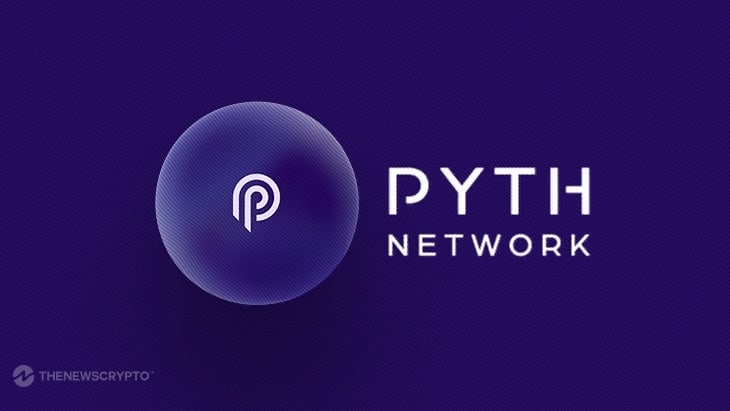Pyth Usage on Aptos

Pyth Network price feeds provide real-time financial market data to smart contract applications on 50+ blockchains. Pyth's market data is contributed by over 95 reputable first-party data providers, including some of the biggest exchanges and market making firms in the world. Each price feed publishes a robust aggregate of these prices multiple times per second. The protocol offers over 450 price feeds covering a number of different asset classes, including US equities, commodities, and cryptocurrencies.
Pythnet Price Feeds are available on 40+ blockchain ecosystems, and can also be used in off-chain applications. They are available on mainnet for most EVM chains -- including Ethereum, BNB, Avalanche, and more --several Cosmos chains, Solana, Aptos, Sui, and NEAR. More ecosystems are coming soon!
Follow the Getting Started guide to learn more about Pyth and integrate Pyth Price Feeds into your application.
Developers may also consider using Benchmarks to access historical Pyth prices for both on- and off-chain use. These historical prices can be used for settlement or other similar applications Link.
PYTH has processed approximately 270 million price update transactions on the Aptos network, averaging about 511,000 price update transactions per day. The daily trend of price updates has remained neutral.
In terms of contract usage for PYTH price updates, the contract related to Merkle Trade (0x5ae6789dd2fec1a9ec9cccfb3acaf12e93d432f0a3a42c92fe1a9d490b7bbc06) had the highest number of PYTH price updates, with around 1.45 million transactions. (Note: A specific contract was excluded from the analysis; please refer to the Methodology section for details.)
When investigating price updates by asset type, about 65% of all price update transactions were for sponsored updates, while approximately 35% were for non-sponsored updates. Among the sponsored updates, the ETH/USD asset had the highest number of price updates.
Over time, I illustrated the daily and cumulative number of price updates per asset, along with normalized data showing how the share of each asset changed over time.
Contracts paid a total of about 2.8 APT for obtaining price updates from the PYTH platform. The daily trend of fees paid to PYTH contracts has remained neutral.
Overall, these contracts paid around 59.4K APT (equivalent to 455.8K USD) in transaction costs to the Aptos network for obtaining price updates from PYTH.
Lastly, approximately 2 million users are utilizing dApps that use PYTH. The highest number of daily users was on June 8, with about 1.11 million users, which is remarkable.
To investigate PYTH usage on the Aptos chain, I utilized Flipside Data and the Aptos database. Here, I will explain my methodology:
Price Update Investigation: In the first section, I investigated PYTH price updates. I illustrated the total number of PYTH price updates and the daily price updates. Additionally, I listed the contracts that use PYTH for price updates. I searched for all contracts utilizing the PYTH oracle for price updates and, according to the PYTH documentation, identified the relevant contract (0x7e783b349d3e89cf5931af376ebeadbfab855b3fa239b7ada8f5a92fbea6b387). During my investigation, I found that the sender (0x2d91309b5b07a8be428ccd75d0443e81542ffcd059d0ab380cefc552229b1a) had the highest number of interactions with the PYTH contract. However, this sender only triggered price update events, indicating it is a contract related to PYTH for obtaining prices for the platform itself, so I excluded it from further analysis.
Asset Type Categorization: In the next section, I categorized price updates by their asset type, distinguishing between sponsored and non-sponsored assets. I illustrated the total number of price updates per sponsored asset, along with daily and cumulative data.
Value (Fee) Analysis: In the subsequent section, I illustrated the total value (fees) that contracts paid to obtain price updates.
Transaction Cost Analysis: I illustrated the total transaction costs that contracts paid to the Aptos network for obtaining price updates, presenting these metrics in both USD and APT.
User Analysis: Finally, I illustrated the total number of users who used dApps that utilize PYTH for price updates.